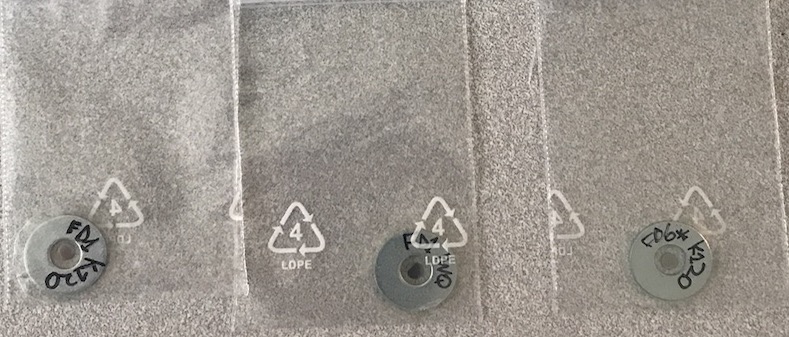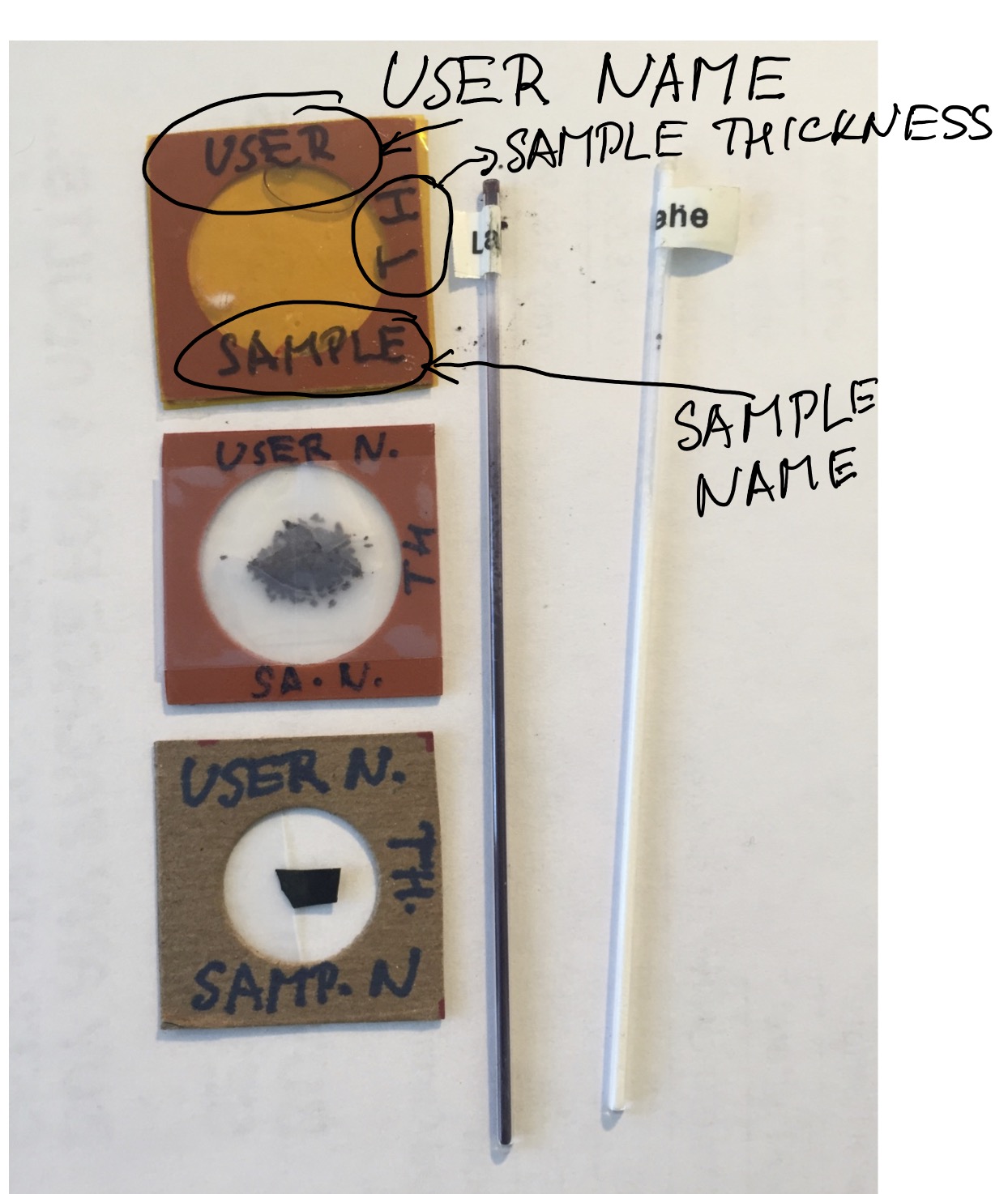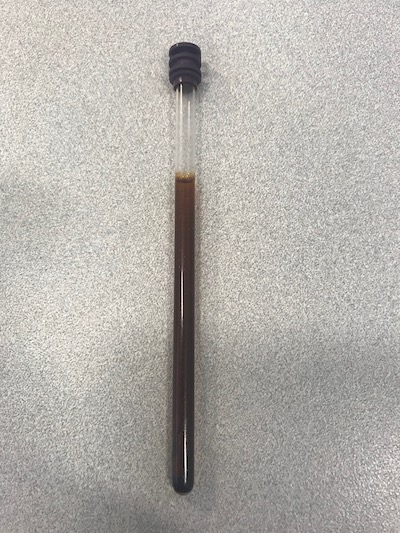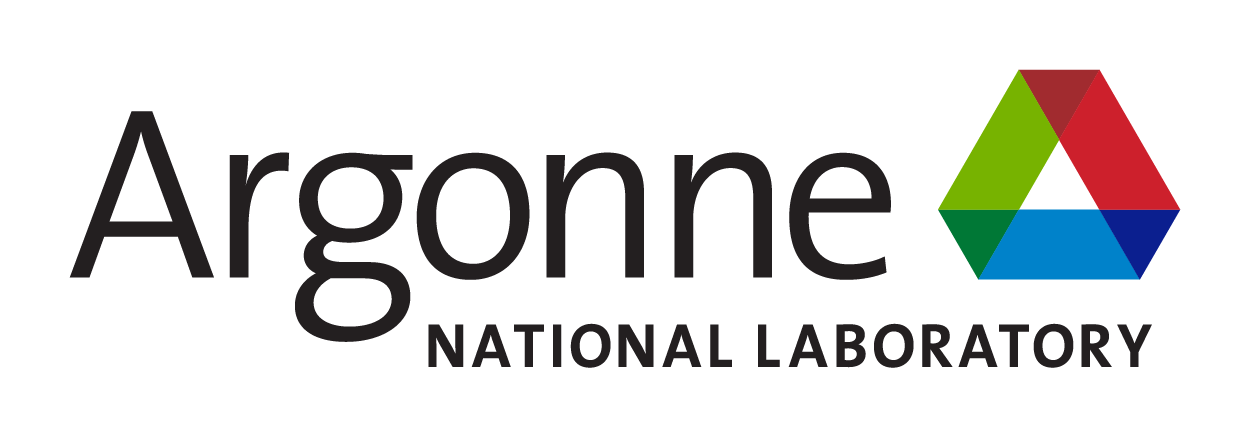Mail-in program
Main-in samples are accepted at the discretion of the USAXS staff and can be shipped only after prior agreement of the USAXS staff. Such samples have to satisfy very stringent requirements related to safety and handling... We accept only samples which are safe, easy to handle, require no processing at the APS, and can be measured at room conditions. Samples MUST be first approved by the beamline staff, so send first e-mail to our e-mail address and describe your needs. If the beamtime is available and experiment is acceptable, we will will provide further instructions including dates. Beamtime is available on first-come first-serve basis. Sample preparation and shipping instructions are later on this web page.
Important publication note: Users are encouraged to publish mail-in data, if possible. Publication of data from mail-in program requires beamline staff to be co-authors as it is using staff beamtime. Mail-in requesters are data custodians and are required to follow these rules: APS use MUST be acknowledged. Beamline must be cited as source of the data. Manuscript must be sent for review to USAXS staff before submission.
Lot more of what you need to know:
Returning samples to users is quite complicated process (see Instruction for shipping materials from APS for details and review these instructions on what you need to provide). It is usually easier to dispose of the samples at the APS, so please, provide disposal instructions.
Mark EACH sample, holder, frame, capillary... with User name, Sample name (less than 15 characters, letters/numbers only). If data should be on absolute intensity scale include sample thickness in millimeters.
Calculate ahead (or talk with staff) necessary sample thickness for ~21keV X-rays. Sample transmission should be higher than 20%. Do NOT send beamstops. Use Irena Anomalous calculator to estimate your sample transmission at 21keV.
If you need to use tape for mounting, use 3M Scotch Magic tape. It has very little of SAXS scattering and absorption. Out of all tapes available, it is by far the best, if it suitable for your material.
Samples need to be mounted in one of methods suitable for standard sample holders :
For list of sample holders, see here: https://usaxs.xray.aps.anl.gov/documentation/sample-environments
1a. (preferred) In metallic in washers or other magnetic material, ideally size 1/4" x 5/8" OD SAE Type A Narrow Flat Washers, Low carbon steel. Not every steel washer is a good magnetic material, the cheaper the better actually. If needed - cover by windows : Ideal window material holding the samples in is Scotch tape (it has very low SAXS signal), Kapton is usable but keep in mind, Kapton has broad diffraction peak around 0.3 [1/A]. Minimum sample area available for X-ray beam should be 2 x 2 mm. If samples are mounted in these washers, they can be quickly attached and removed from mounting plate at the beamline, making setup efficient. Please, include empty washer with any window material, if you are using it.
Figure: Washers mounted samples. Scotch tape is used as windows on both sides of the washer.

1b. Solid metallic magnetic samples can be sent in without washers - if they are large enough to cover the 1/4" hole. Keep in mind necessary thickness for ~21keV X-rays may be quite small for steels, so making these samples may be real challenge.
1c. Solid samples - rubber, plastic pieces, etc. can be sent as flat pieces if placing them in metallic washer (1a. above) is not possible. Keep in mind that in this case the samples will be taped to the mounting plate (using 3M Scotch Magic tape). In this case sample sizes should be from about 10x10 to 20x20 mm (not larger if at all possible). Samples should have name written on them (or on attached label). Included sample list should include for each sample the sample thickness in [mm]. Staff will not measure samples thickness for users - such data therefore cannot be placed on absolute scale. Samples thicker than 2mm are usually difficult to mount in this form, so keep thickness 2mm or less if possible. If samples are covered by any cover (tape, foil etc.) piece of the SAME tape, foil, ... without the sample must be included for use for instrument background measurement ("blank").
2. In 25 x 25 x 1 (or less) mm sample holders similar to the Grace bio-lab cells JTR20R and JTR13R. Paper/plastic frames of same dimensions (25 x 25mm) can be made. Thickness can be less than 1mm as long as the frames are sufficiently sturdy. These frames must have hole in the center with space for the sample. Maximum hole size can be ~18mm diameter, preferably smaller. Sample needs to be mounted approximately in the center. Minimum sample area available for X-ray beam is 2 x 2 mm. Samples should be supported from sides by tape - use 3M Scotch Magic tape or equivalent, not any other. The 3M Scotch magic tape has very little SAXS signal and is nearly ideal material for sample mounting. If necessary, back the sample with the 3M Scotch Magic tape. In that case send "empty" = sample holder with the tape layers you have used so we can measure it and subtract the tape scattering. For powders, put thin layer of powder on sticky side of this 3M Scotch magic tape and cover with second layer (sticky sides together). This creates little envelope with powder fixed between the tapes. Use powder sparingly, thin layers are required - thick layers of powder samples have multiple scattering! Mount these tape envelopes same as solid samples in frames.
3. In Kimbel Chase KIMAX Melting capillaries (or equivalent) - see above for details. Do NOT send thin wall capillaries (Charles Supper), they break too often in shipping and during sample manipulation at the beamline. Seal end of capillaries by epoxy or other appropriate and reliable method. Fill at least 5 mm of capillary with sample. Attach to the end of capillary sticker with user name and sample name. Sample name must be less than 15 characters (letters/numbers ONLY).
4. In the NMR tubes = are 4mm internal diameter, 5mm external diameter, reliably sealed by cap included. These provide ~3x better singal-to-noise ratio than 1mm diameter capillaries if transmission is reasonable. For water/regular light solvent based samples and 18keV or higher X-ray energies these capillaries work fine. One source of these is here: Fisher scientific Wilmad Thin Walled High Throughput NMR tube (cat. No. 16-800-161).
If your samples need different mounting, talk with staff and get prior approval!!!
Correctly mounted samples (examples):

Top: Liquid sample in Grace biol-lab cell with Kapton windows. Alternativelly, you can use also glass for the widnows. Use glass covers slips for microscopy, 25 micron thick, we use Fisherfinest "Premium Cover Glass" Catalog No: 12-548-C, 25x25mm - 1 (mil .. 25micron) from Fisher Scientific. Any similar should work just fine.
Center : Grace bio-labs cell mounted powder. Mounted between two 3M Scotch Magic tape layers and then taped over the center of the hole. Include same number of layers of the tape you used to be measured for instrumental curve.
Bottom: Cardboard paper made holder for solid sample. This sample is held on its side by 3M Scotch magic tape. If the tape is not in the studied area, no need to send if for instrument background measurement.
Right: Capillaries. Fill at least 5 mm of capillary with the sample. These are KIMAX melting capillaries, 1.3 - 1.5 mm outside diameter. Seal safely. Attach label with user name and sample name.
NMR tube example: Make sure to label NMR tubes with user name and sample name at the top. Seal properly (plastic cap is provided with tubes).

INCLUDE capillary for measurement of instrumental curve. Either empty capillary or capillary filled with solvent... Whatever is appropriate for your samples, but we need the correct capillary to measure instrumental background.
Note each sample has user name, sample name and sample thickness on it. Sample thickness is in millimeters.
PRINT and make sure the names can be read easily. Watch handwriting!!! Include in the shipment and e-mail ahead separate list of sample names. Ship according to all valid rules, regulations, and other safety considerations (see shipping).
